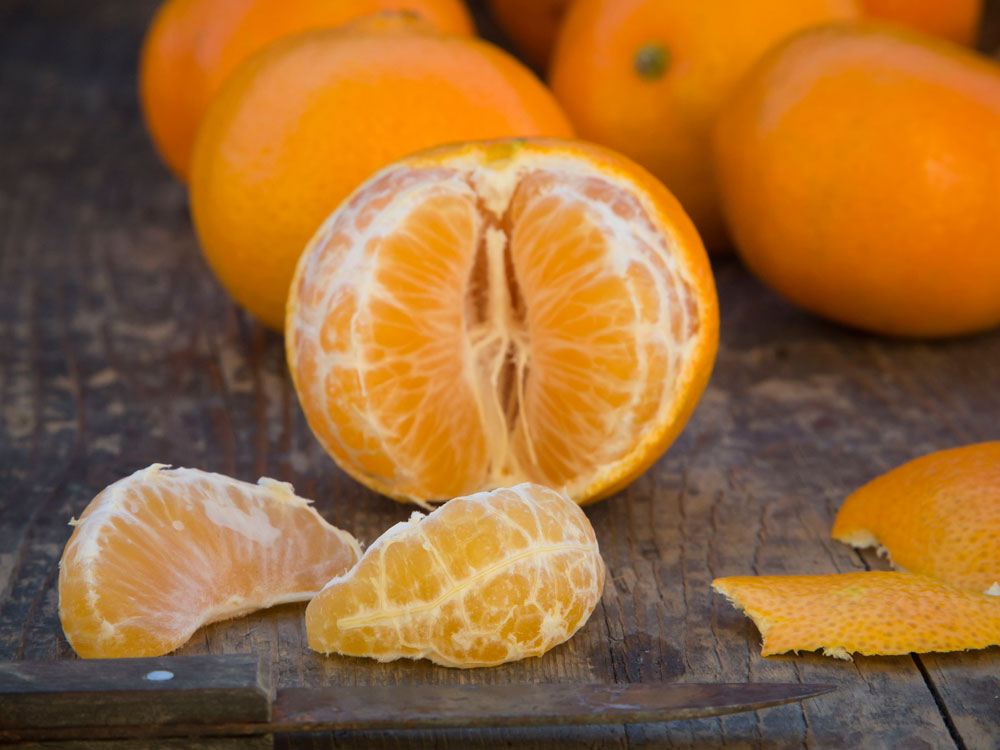6 Parts Of Foods You Shouldn't Scrap
You know the bits of fruit and vegatables that you normally throw away, like the skin or rind? Well, they actually contain huge health benefits.
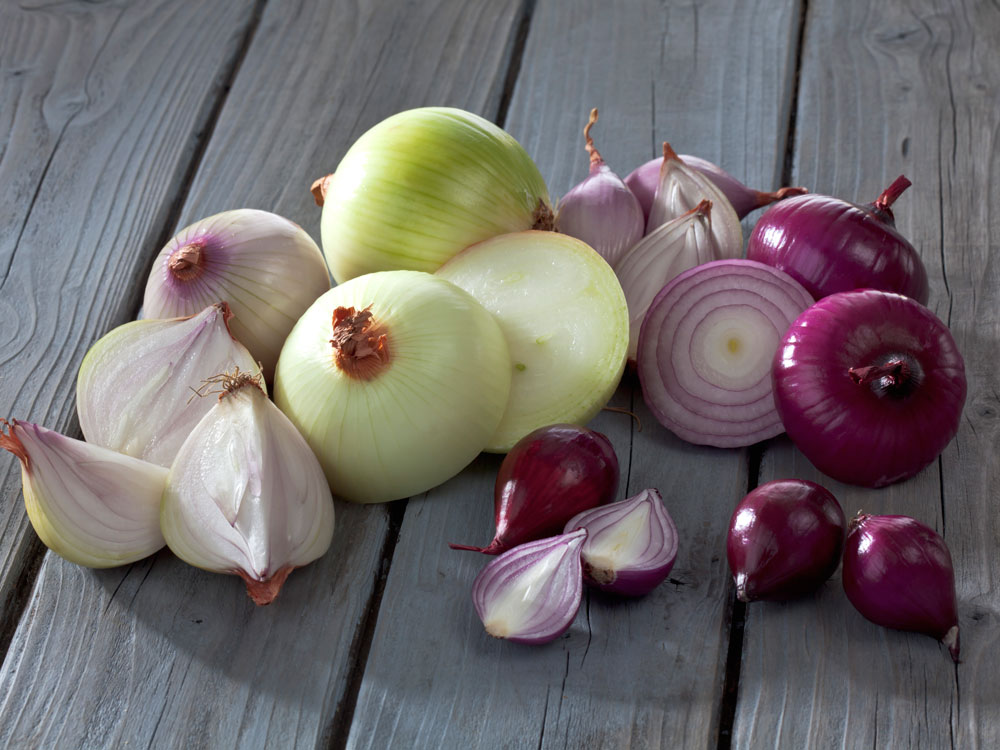
You know the bits of fruit and vegatables that you normally throw away, like the skin or rind? Well, they actually contain huge health benefits.
The skins and leaves of many fruits and vegetables are more colourful than the inside parts we eat, and one of the overriding health messages at the moment is that we should be eating a more colourful diet in order to get a greater variety of antioxidants.
We asked Laurence Beeken, Food Information Executive at WeightLossResources.co.uk, how we can give our diet a health boost. So, here are 6 parts of foods you shouldn't throw away:
1. Onion skin
Hayfever sufferers, listen up. Onion skin reduces the production and release of histamine which could help ease the pain of itchy and swollen eyes that come with hayfever. Onion skin is also rich in quercetin, which can help to reduce blood pressure and prevent clogged arteries. How to include it in your diet: Use it when cooking stocks, soups and stews and remove just before serving.
2. Melon rind
Melon rind is rich in citrulline, which can help circulation.
Marie Claire Newsletter
Celebrity news, beauty, fashion advice, and fascinating features, delivered straight to your inbox!
How to include it in your diet: Blend the rind with the flesh for a super fresh smoothie.
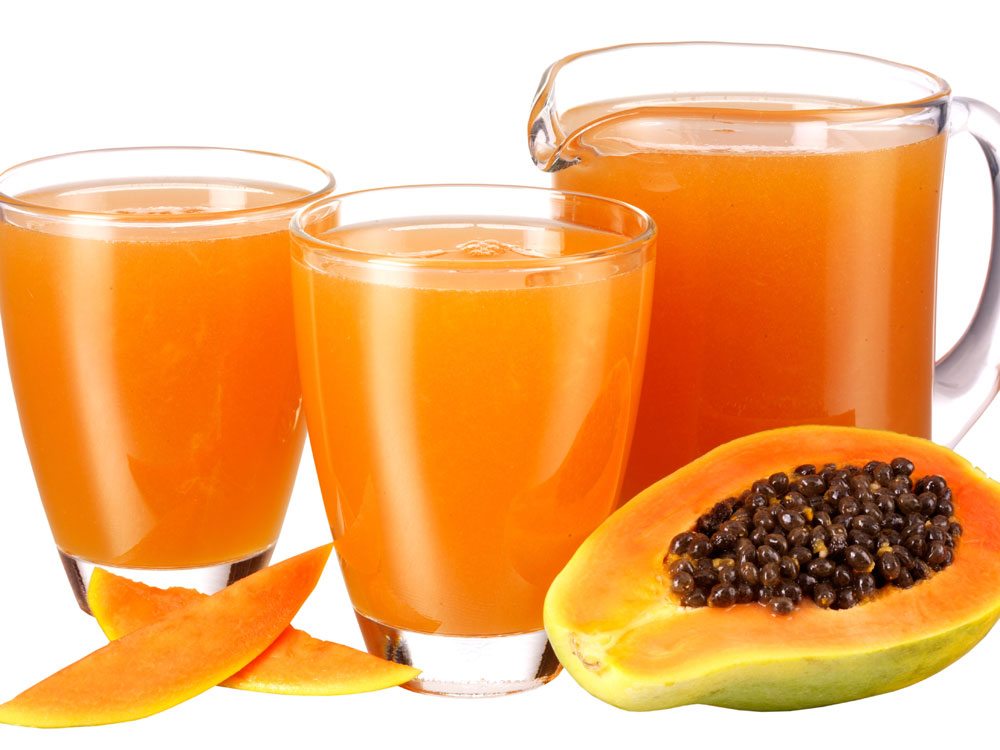
3. Brocolli leaves
Broccoli leaves are an excellent source of antioxidants, plus they're stuffed with vitamins A (good for vision, skin, healthy bone growth and your immune system) and C (helps to produce collagen).
How to include it in your diet: Cook them just as you would cabbage, and while you’re at it, don’t forget that the stems contain a good dose of fibre, and sliced are great for a crunchy snack.
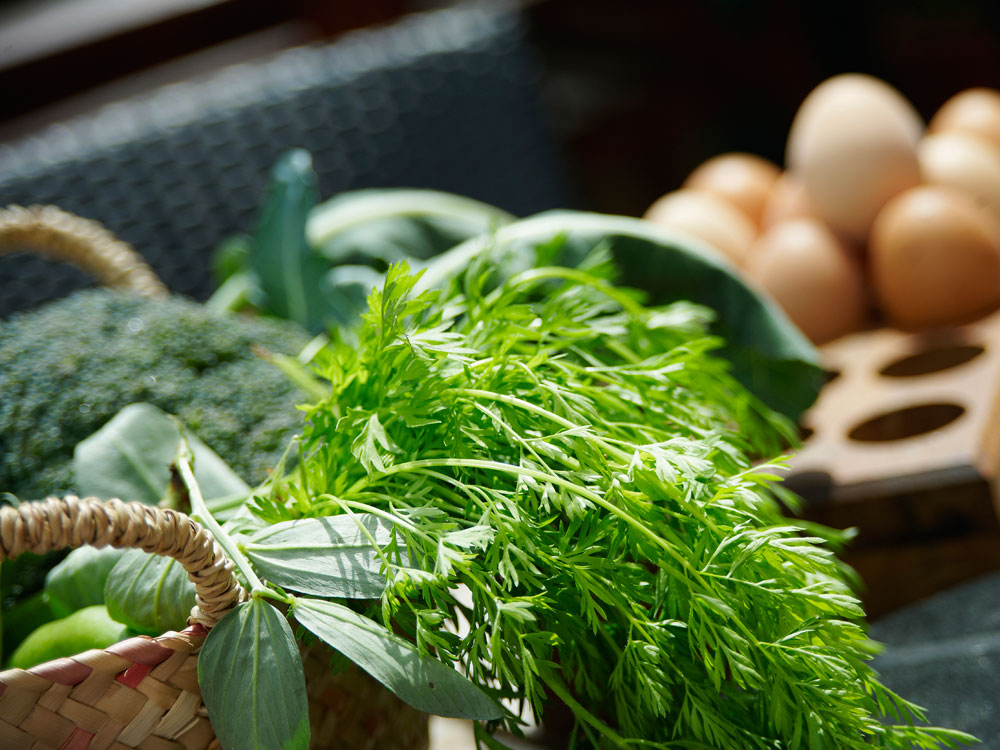
4. Celery leaves
Containing five times more magnesium and calcium than the stalks, celery leaves also contain vitamin C and phenolics – powerful antioxidants which may help combat cancer, heart disease and even ageing.
How to include it in your diet: Use them as you would celery - add to soups, salads, sauces, relishes etc.
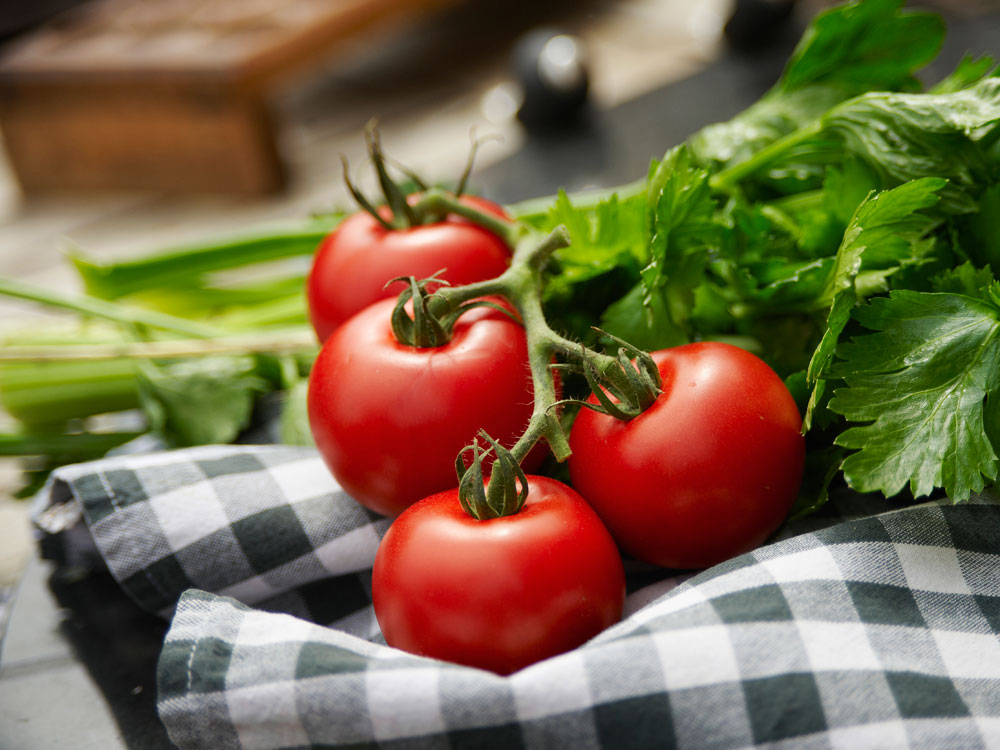
5. Chard stems
Packed with amino acids and antioxidants, the stems are as edible as the leaves.
How to include it in your diet: Steam the stems whole just as you would asparagus.
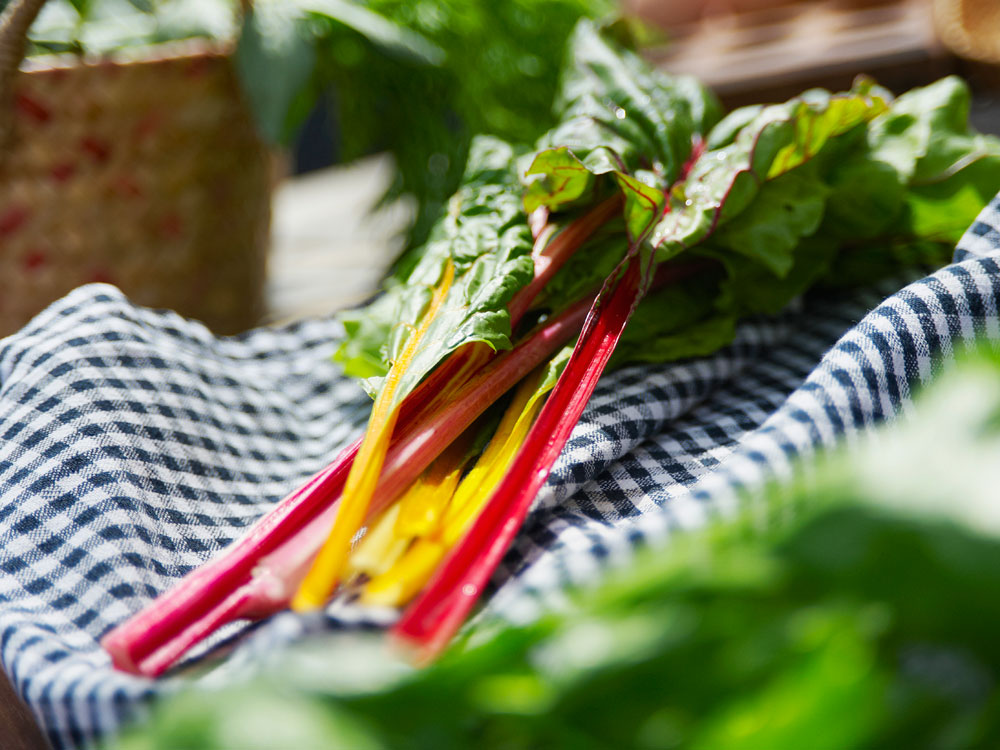
6. Orange peel
Orange peel is a powerhouse of fibre, flavonoids and vitamins. The good concentration of vitamin C helps boost the immune system and could help ward off respiratory infections. Pectin and other fibre found in the white layer beneath the skin of the orange can also help curb appetite and suppress hunger for up to four hours
How to include it in your diet: Whip up the whole fruit (pith and all), into a delicious smoothie.
